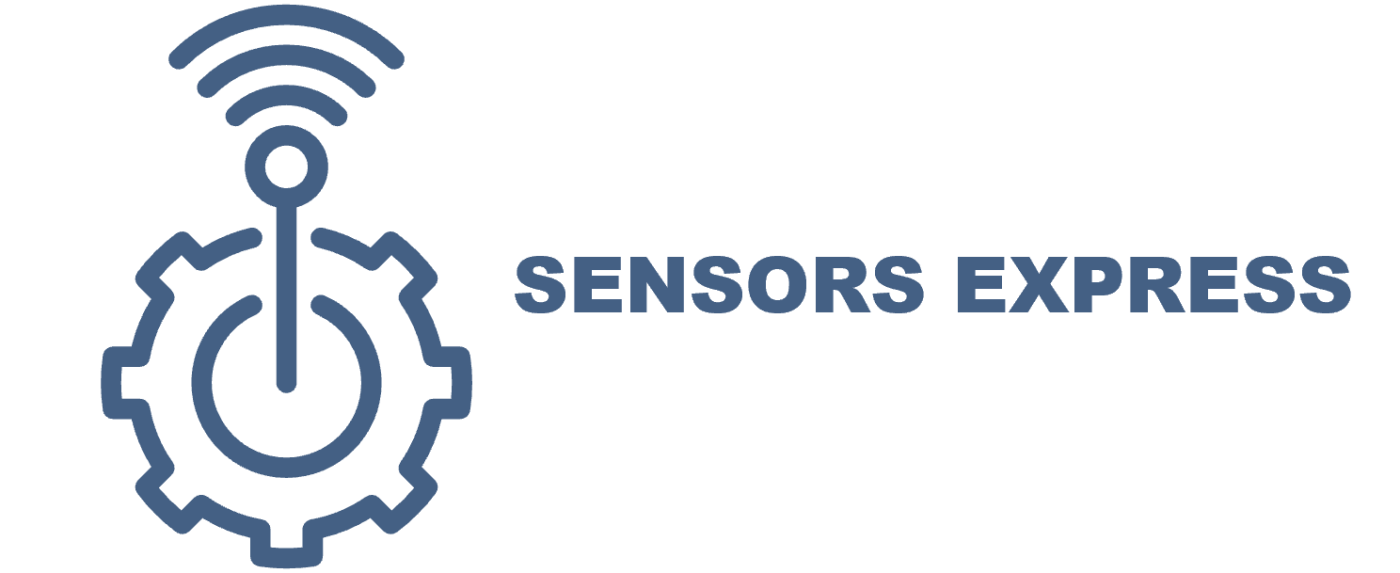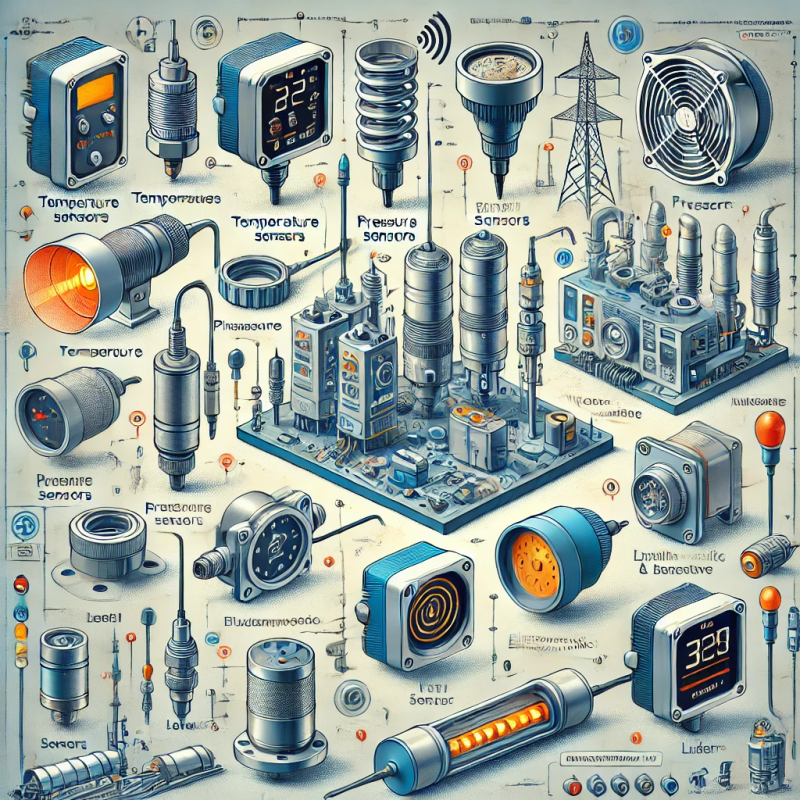Industrial Sensors
Industrial Sensors
Industrial Sensors Selection: Choosing the Right Sensors for Your Application
Industrial sensors play a critical role in modern automation, monitoring, and control systems. Choosing the right sensor for a specific industrial application ensures efficiency, reliability, and accuracy. This guide explores key factors to consider when selecting industrial sensors.
Key Considerations for Industrial Sensor Selection
-
Application Requirements
- Identify the primary purpose: measurement, monitoring, or control.
- Define the required accuracy, resolution, and response time.
-
Sensor Type
- Temperature Sensors: Thermocouples, RTDs, infrared sensors.
- Pressure Sensors: Strain gauge, capacitive, piezoelectric.
- Proximity Sensors: Inductive, capacitive, ultrasonic.
- Level Sensors: Float, radar, ultrasonic, optical.
- Flow Sensors: Turbine, electromagnetic, ultrasonic.
- Vibration Sensors: Accelerometers, piezoelectric transducers.
-
Environmental Factors
- Operating temperature and humidity range.
- Exposure to dust, chemicals, or hazardous substances.
- Vibration, shock, and mechanical wear resistance.
- Harsh Environment Selection: For extreme conditions, choose sensors with reinforced housings, corrosion-resistant materials, and IP/NEMA-rated enclosures. Consider explosion-proof or intrinsically safe designs for hazardous areas.
-
Communication and Integration
- Analog vs. digital output signals.
- Communication protocols: 4-20mA, Modbus, HART, Profibus.
- Compatibility with existing control systems and PLCs.
- Signal Conditioning and Isolation: To prevent interference and ensure signal integrity, use signal conditioners, galvanic isolation, and filters. In hazardous environments, implement intrinsically safe barriers to protect connected devices and personnel.
-
Power Supply and Connectivity
- Wired vs. wireless connectivity.
- Power requirements: battery-powered, loop-powered, or external power.
- Signal interference and shielding considerations.
-
Accuracy and Calibration
- Ensure calibration standards match industry requirements.
- Choose sensors with minimal drift and high repeatability.
- Availability of self-calibrating or auto-compensating features.
-
Durability and Maintenance
- Long-term reliability and ease of maintenance.
- Availability of ruggedized designs for harsh environments.
- Replaceability and cost of ownership over time.
Industry-Specific Applications
- Manufacturing: Automation, quality control, predictive maintenance.
- Oil & Gas: Pressure, temperature, flow, and leak detection.
- Food & Beverage: Hygienic sensors for temperature and flow monitoring.
- Pharmaceuticals: Precision sensors for batch processing and environmental monitoring.
- Automotive: Proximity, pressure, and vibration monitoring for production lines.
Final Thoughts
Choosing the right industrial sensor requires a balance of accuracy, durability, compatibility, and cost-effectiveness. Understanding the operational environment and integration needs ensures a reliable and efficient monitoring or control system. By considering these factors, industries can enhance automation, safety, and productivity with the right sensor solutions.

